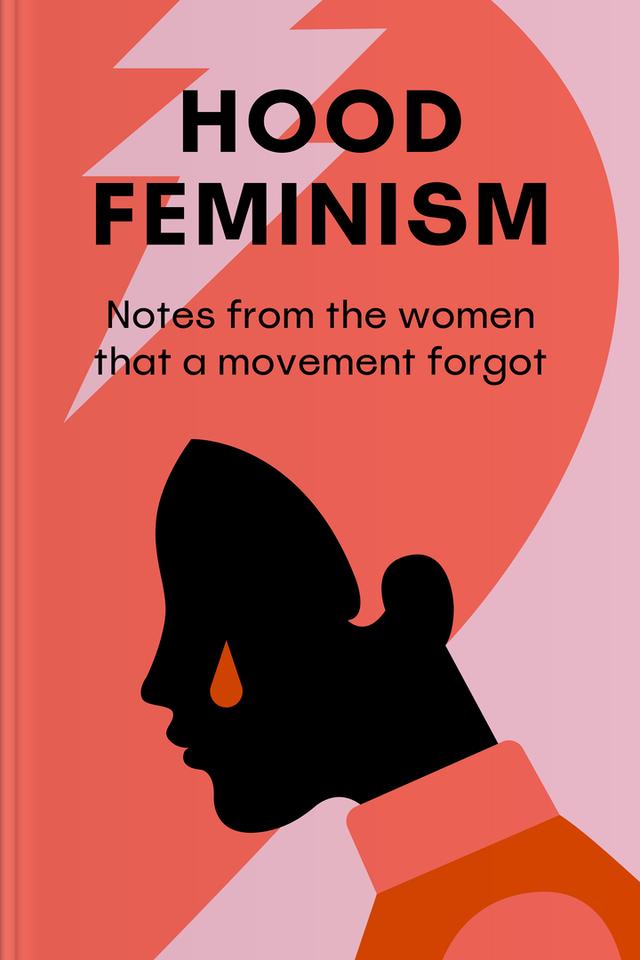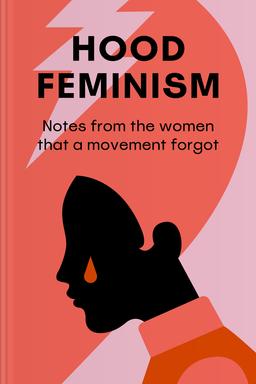You’ll learn
- How education opportunities add to inequality
- Why modern feminism is black-and-white
- To see anger as a cry for help
- About the Black woman’s survival philosophy
russia has launched a full-scale war in Ukraine. Donate to support Ukraine and protect the world’s peace.

first KEY POINT
In modern feminism, the louder, more privileged notes have long drowned out a symphony of diverse voices. We've danced around important issues, focusing on trivialities while ignoring the harsh realities marginalized women face. But today, we must peel back the layers and reveal the stories that deserve our attention.Mainstream feminism can often be narrow-focused and sometimes even ignorant towards the diverse issues different women face. That’s why we must challenge ourselves to confront our biases and acknowledge that equality for one group doesn't automatically extend to all.
From gun violence that plagues lower-income communities to the gnawing hunger that persists despite our safety nets, these are the battles that marginalized women fight daily. In this summary, we'll delve into the stories of resilience that emerge from these struggles, reminding us that unity is our greatest strength.As we navigate the intersections of race, gender, poverty, and politics, we'll see how these threads weave together, twisting the lives of minorities. Within this complexity, the opportunity for change lies. However, awareness is not enough; we must actively advocate for change, dismantle stereotypes, and fight for justice.So, let's open our minds to the voices that have been silenced for far too long. Allow this summary to lead you through the knots of marginalized lives so you can contribute to a more equitable and inclusive future. The call to action is clear: let's be the change we wish to see in the world, and do it together.
second KEY POINT
In recent years, feminist discussions have frequently centered around issues like women's choice of last names and body hair, diverting attention from more pressing concerns that disproportionately impact marginalized women. This limited focus overshadows critical problems such as social invisibility, food insecurity, and gun violence, resulting in growing skepticism towards the broader women's movement and the perception of feminism as primarily serving the interests of middle- and upper-class white women.Back in 2013, the #solidarityisforwhitewomen hashtag shed light on how mainstream feminism often prioritizes the concerns of white women over others. This criticism sparked resistance from those who considered it divisive, but it also highlighted a longstanding problem: the belief that equality for one subgroup would trickle down to all women. This approach ignores the struggles faced by women of color, particularly when it comes to race-based discrimination.Gun violence, specifically pervasive for women in lower-income communities, is another issue that should be at the center of the feminist agenda. Statistically, firearms in domestic violence increase the risk of fatal outcomes. Gun violence also significantly affects children, with Black children disproportionately impacted. Furthermore, widespread mass shootings highlight that gun violence isn't confined to specific neighborhoods. That said, addressing gun violence requires a holistic approach, considering its impact on various communities, especially marginalized women and children.

Continue reading with Headway app
Continue readingfirst KEY POINT
second KEY POINT
third KEY POINT
fourth KEY POINT
fifth KEY POINT
sixth KEY POINT